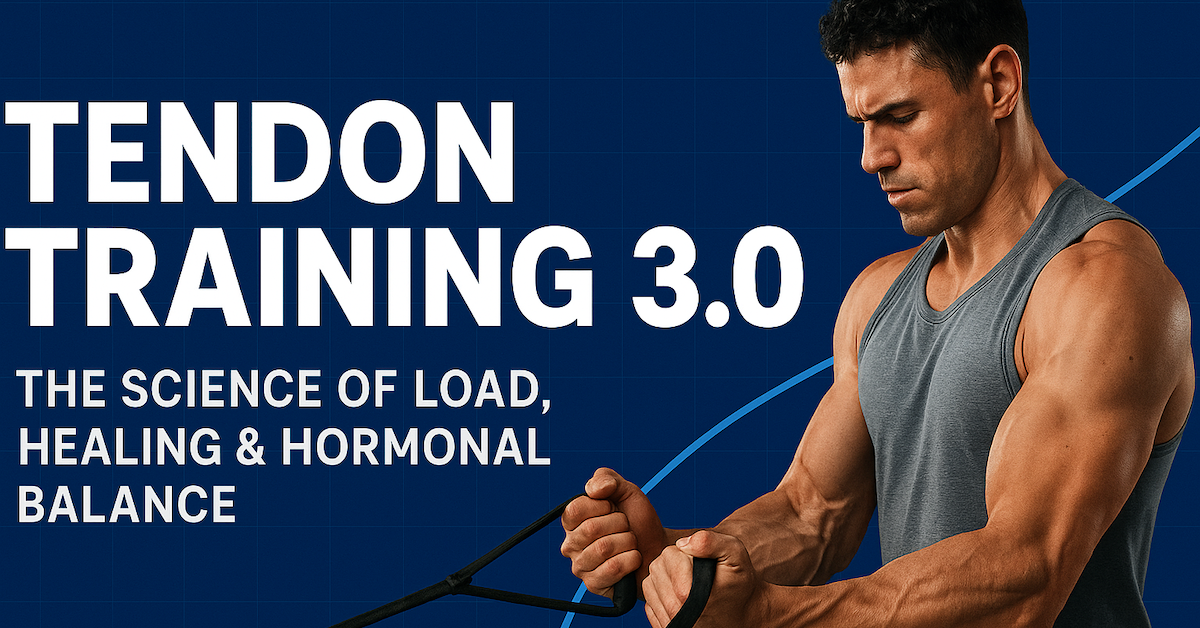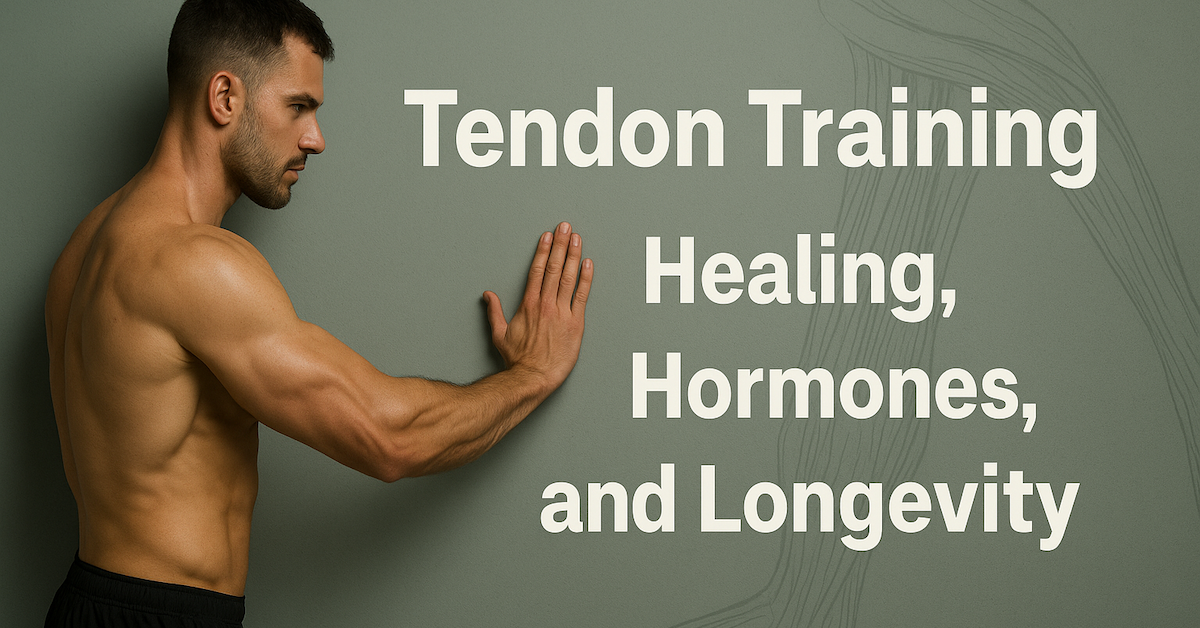As I mention in my article Radical Methods of Injury Rehabilitation, the standard procedure for most injuries involves anti-inflammatories and painkillers along with RICE: rest, ice, compression, and elevation.
Normally, what do I recommend?
Almost the exact opposite!
The Problem with Traditional Methods
No rest and no compression, use movement with traction instead. According to Dr. Tim McKnight (2010), rest will lead to atrophy and weakness and may disrupt balance and proper body positioning. Furthermore, compression can shut down blood flow to the area; whereas, traction will release the pressure and movement will encourage blood that is rich with healing factors, such as oxygen and white and red blood cells, to flow to the area. In addition, movement with traction reduces pain, enhances lymphatic removal of inflammation, improves flexibility, and restores normal joint alignment.
Absolutely no ice, use heat instead. Again, the key is blood flow. If you want something to heal, it requires blood! Don’t slow the process down with ice. You may, however, use varying degrees of elevation throughout the process. I learned this procedure from Dick Hartzell, co-author of the book Don’t Ice that Ankle Sprain. Keep in mind that this applies to low-grade sprains only.
The METH Approach
I term the approach METH: movement, elevation, traction, and heat.
What About Medication?
Should you take anti-inflammatories and painkillers?
Well, yes and no. Take proteolytic enzymes, which are natural anti-inflammatories, and take them by the boatload on an empty stomach. Proteolytic enzymes work by digesting dead tissue that accumulates as a result of injury. Unlike icing, normal fluid retention is able to take place thereby reducing swelling and pain while enhancing the ability to heal. In addition, proteolytic enzymes serve as healthy alternatives to conventional medicines such as ibuprofen, aspirin, and other non-steroidal anti-inflammatory drugs (NSAIDs), which have many negative side effects. In fact, the most common pills sold in Europe, more than any drug or medication, are proteolytic enzymes. A great resource on this topic is an audio CD titled Systemic Enzyme Therapy by Dr. William Wong.
Bottom Line
Forget RICE, do METH instead to heal injuries fast!
By the way, I’m not the only one who feels this way. Watch the following video…
Expert Insights
Here’s a summary of the discussion between Kelly Starrett, co-founder of San Francisco Crossfit and MobilityWOD.com and co-author of Becoming a Supple Leopard, and Gary Reinl, author of Iced! The Illusionary Treatment Option:
The key with tissue healing is to allow garbage to be released and groceries to enter or as they say in the video: “Garbage out, groceries in!” You must allow the inflammatory process to take place. Don’t hinder it with icing.
The waste products are evacuated through the lymphatic system, not the circulatory system (the particles are too big). Therefore, muscle contraction is necessary to move lymph and eliminate these chemicals, not immobilization!
You don’t necessarily need to work that exact area of injury (it may be too painful), just work that region of the body. It will create negative pressure around the site. It’s only a one-way system. There’s no other way out, but it requires muscle activation.
Why Ice Is Counterproductive
Ice can relieve pain but will cause congestion of the tissue. It causes a backflow of the interstitial space, shuts off the signal between the muscles and nerves, and does not help the evacuation of deoxygenated blood and waste. Therefore, ice is counterproductive!
Ibuprofen is worse because it actually stops the signal of the inflammatory response, not just prevents it. The body’s natural inflammatory response is not a mistake!
There can be inflammation without healing, but there can’t be healing without inflammation!
The Three Stages of Healing
There are 3 stages of healing:
- Inflammation
- Repair
- Remodeling
If you skip stage 1, you have prevented stage 2 and 3.
Rethinking Compression
The compression aspect of RICE should mean muscle compression to pull the waste out of the injured tissue and supply the site with nutrition and other healing factors.
Macrophages clean up waste and IGF-1 allows the remodeling of tissue. Don’t hinder it with ice, which may congest the area. People who use ice show joint instability when healed.
Pain Management
For pain management, decongest the area of congestion. Again, don’t block it with ice or prevent it with anti-inflammatories. Use movement instead, and then “tell me how you feel!” If you’re in a cast, simply moving your fingers or toes will help.
What a great video and what a powerful message! A new paradigm exists for injury rehabilitation. The choice is yours.

Tendon Training 3.0: The Science of Load, Healing, and Hormonal Balance
If you’ve followed our tendon training series so far, you know that Dr. Keith Baar’s research has reshaped how we

Tendon Training 2.0: Advanced Insights on Healing, Hormones, and Longevity
If you haven’t read Part 1 — The 10-Minute Tendon Protocol: How to Build Stronger, Injury-Proof Tissue — start there

The 10-Minute Tendon Protocol: How to Build Stronger, Injury-Proof Tissue
Most athletes train muscles. The smart ones train tendons. The problem? Tendons don’t give you warning signs. There’s no such
follow
Error: No feed with the ID 2 found.
Please go to the Instagram Feed settings page to create a feed.
